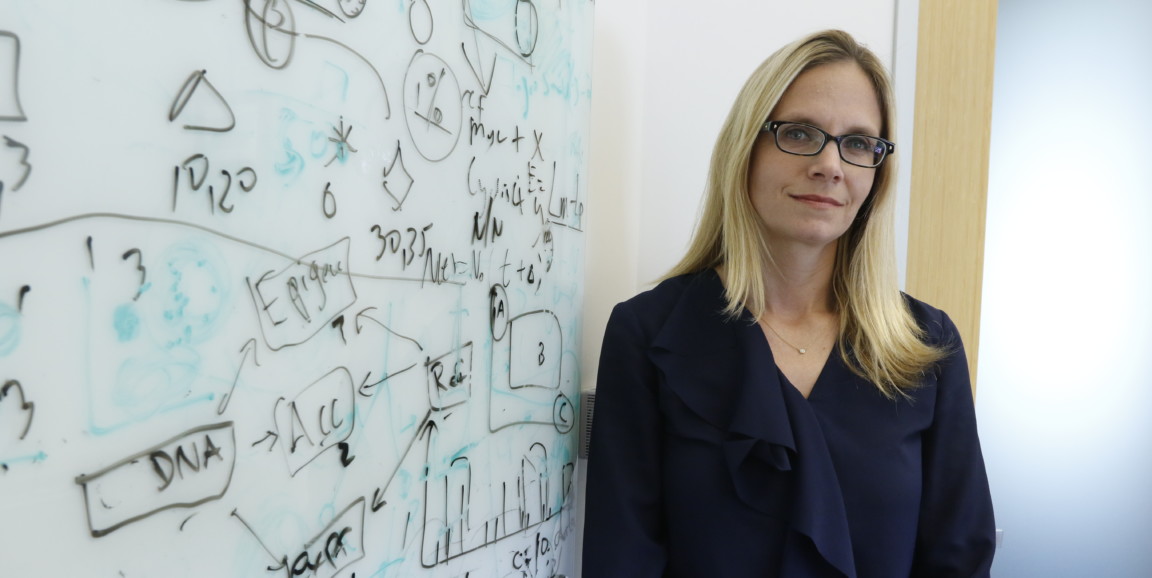Scientists from around Stanford's campus have come together to form a new center to spot and stop disease early. I explained in a recent Inside Stanford Medicine article:
Officially established last year, the Precision Health and Integrated Diagnostics Center, abbreviated PHIND (and pronounced “find”) now backs dozens of scientists eager to test out some pretty nontraditional health-research ideas, such as nanosensor-equipped toilets that extract data from daily, um, deposits; bras that image breast tissue in search of abnormal changes; and a menstrual pad that can detect biomarkers of disease. But the central concept at play here is one that grounds the very philosophy of PHIND: using repetitive, precise measurements of individuals’ health to make diagnoses earlier and ultimately stop disease before it causes real damage.
What's so powerful about PHIND, said Sanjiv “Sam” Gambhir, MD, PhD, professor and chair of radiology and center director, is that its mission stretches across campus, bringing together the power of medicine, engineering, computer science, business and more.
Christina Curtis, PhD, assistant professor of medicine and genetics, for example, who is shown in the photo above, teamed up with computer scientist Anshul Kundaje, PhD, to search for signs in the blood that flag the presence of cancer, where it came from in the body, and whether it's likely to spread or not. Their goal: to devise a cancer screen that can be incorporated into a routine blood draw.
The approach can also apply to mental health. PHIND's Ian Gotlib, PhD, professor of psychology and behavioral sciences, is bridging machine learning and psychological health to bring a data-informed approach to prevent suicide in adolescents.
Part of the value of the center stems from its ability to bring together researchers with different interests, Gambhir said:
Science isn’t often discovery out of nowhere. It comes out of fortuitous collisions, in which different fields that don’t typically communicate come together... And that’s what we want to facilitate with PHIND is to empower the science behind precision health and earlier diagnostics of multiple types.
Photo of Christina Curtis by Paul Sakuma




